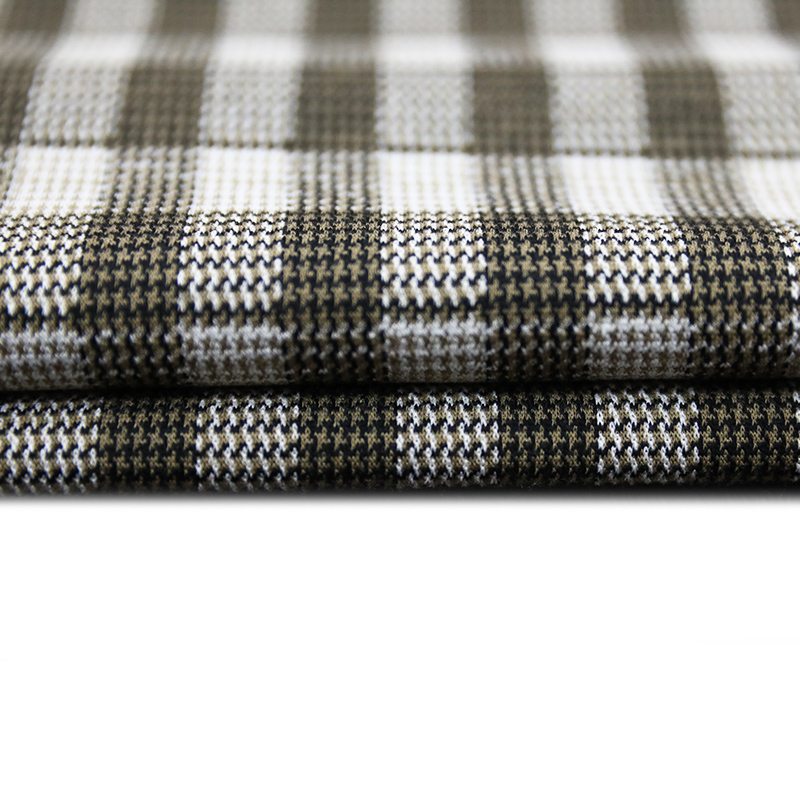 0571-82995618
0571-82995618 [email protected]
[email protected]- Wholesale Blended Fabrics Manufacturers
What is the difference between functional coated fabric and functional textile flame retardant fabric? Both functional coated fabrics and functional textile flame-retardant fabrics have their special functions, but their definitions, manufacturing, protective properties, and washing methods are completely different. The difference between these two fabrics will be explained in detail below.
1. In terms of definition
Functional coated fabrics are mainly coated with a special functional material based on the fabric by a special process, (such as anti-static coatings, fire-retardant coatings processed into anti-static fabrics, flame-retardant fabrics) Make the fabric have special functions, which is called functional coated fabric.
Functional textile fabrics are blended with special fibers during weaving. (For example, the anti-static fabric is mixed with a new type of conductive yarn or metal fiber blended yarn, and the high-tech fiber aramid 1313/aramid 1414/conductive fiber is blended in a certain proportion to the high-temperature flame-retardant fabric). The fabrics woven according to different fibers have various functions.
2. In terms of protection performance
Products made from functional coated fabrics have unique protective properties, such as anti-static fabrics. After the surface of the fabric is treated with anti-static coatings, the fabric has anti-static properties. This kind of fabric has advantages and disadvantages. The advantage is low cost and easy weaving. The disadvantage is that the functionality is only limited to anti-static, and the use of coating treatment, the anti-static performance is not long, external factors are likely to attenuate or even disappear the anti-static performance, thereby affecting the safety performance. Products woven from functional textile flame retardant fabrics also have protective properties. For example, anti-static fabrics. Anti-static fabrics woven with new conductive yarns or metal fiber blended yarns are divided into three categories: pure cotton, polyester cotton, and chemical fiber. Because the fabric is a yarn added during weaving, it has strong anti-static properties. But there are also advantages and disadvantages. The advantage is that it has excellent anti-static performance and is not easily affected by the outside world. It is not limited to anti-static. After special processing, it can also have more functions such as fire retardant, oil and water resistance. The disadvantage is that the cost is too high, daily maintenance needs to be paid attention to, and the performance of the conductive wire should be carefully checked when selecting.
3. From the perspective of maintenance and washing methods
The functional coating fabric is processed by coating, so it is strictly forbidden to touch any chemical detergent during washing to prevent reaction with the surface functional coating, thereby reducing the protective performance and even damaging the fabric. And in daily wear, it is easy to absorb dust, and it is difficult to maintain cleanliness.
Since functional textiles are added with various functional fibers, no chemical coating is involved. Therefore, it not only has the unique protective performance, but also has the performance of dustproof, washable and dry cleaning.


Hangzhou Jinfeng Textile Co., Ltd